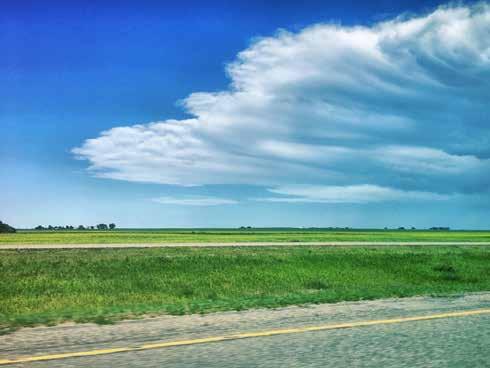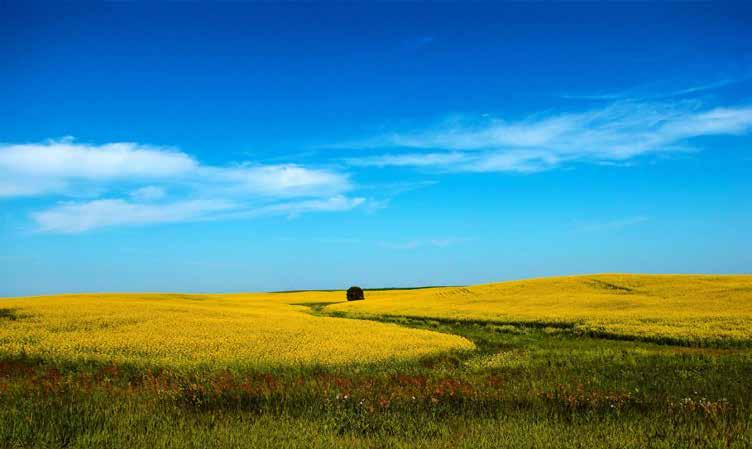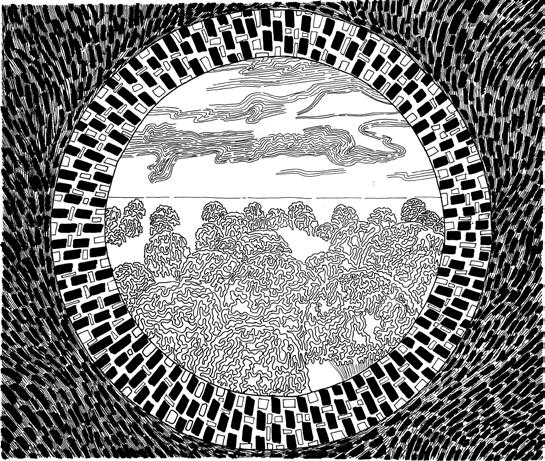
3 minute read
CONTRA
from The "Horizon" Issue
By Dr. Caroline Arbuckle Macleod Assistant Professor of Classical and Near Eastern Archaeology
The rise of AI technology will no doubt make an impact on the future of post-secondary education, but it does not necessarily need to be seen as wholly negative. In fact, AI technology may be able to serve as an exceptionally helpful tool, provided that professors take the time to fully explore these resources and ensure that their students understand the benefits and drawbacks of using such applications.
Advertisement
Consider the way that the internet and Google have revolutionized research. While students once had to visit the library and physically go and search through books for resources, there are now limitless resources available at the click of a few buttons. This has ensured much greater access to better and up-todate data at a fraction of the time and cost compared to previous models; however, this does not automatically translate into better scholarship. In fact, when students only had access to libraries, they also had to rely almost entirely on peer reviewed, scholarly sources. Completing quality research now has an added step of wading through repetitive, poor quality or outdated opinions that have been published - often anonymouslyonline in order to get to the higher quality gems. To avoid receiving papers based on drivel, professors need to add in additional research frameworks to their classes to help students identify quality sources. While this has added to the workload of both students and professors, ultimately it leads to the nurturing of critical assessment skills while still providing that benefit of increased, globalized access to information.
AI technology presents a similar leap forward. Students are able to have an AI presence summarize and present arguments potentially based on both ignorant and outdated opinions as well as high quality scholarship – basically Google, in complete sentences. Without the additional background presented in lectures and the skills to assess the use of sources, students are still at risk of producing low quality scholarship, albeit at a much faster pace. To ensure that students do not fall into this trap, professors may need to add additional framing assignments such as annotated bibliographies or paper outlines to their syllabi with activities that require the students to discuss their thought process and how they judged certain sources to contain quality arguments. Returning to AI tools, students can add in additional queries that allow the programs to sift through the often overwhelming amounts of data to return with better quality sources that can act as guides and supports while students work on projects. Indeed, understanding how to input better parameters will require the students to put additional effort into understanding the history and nature of the scholarship of their discipline.
Ultimately, AI technology has the potential to help students reframe and summarize information that they can integrate into papers and assignments. As long as professors are prepared to add additional scaffolding assignments, we should not fear these tools but embrace them – think of them like calculators for the humanities, or personalized Coles Notes. The main challenge will be for administration to understand the new position in which post-secondary education finds itself, and the need for greater support to provide more detailed feedback on more assignment.
Long Summer Drives Across the Prairies by

RIDA PERVAIZ Photography
Rida’s Tasaweer (word for photographs in Urdu) blur out all impurities and enlighten the hidden beauty of what surrounds her. Although nothing is everlasting, photography enables her to capture special moments for just a bit longer.
I view the horizon as a wall that limits what I want to do in life. As someone who struggles with mental health, I can see where I want to be but have no means of moving forward. “Beyond the Wall” is a visual representation of that feeling.

Regular pen lines make it simple to capture the beauty of nature and I adore using them to create 2D landscapes. My piece “Horizon” is created with black ink on paper. It depicts a scene through a pupil, making the viewer part of the piece. I used a combination of line weight and texture to capture the feeling of vastness and movement of the landscape. The eye of the viewer is drawn to the horizon line, creating a sense of depth and perspective. Inspired by the scenes I have witnessed in my travels, I hope to capture the feeling of these landscapes and share them with others.

Beyond by KYUNGSOO RYU






